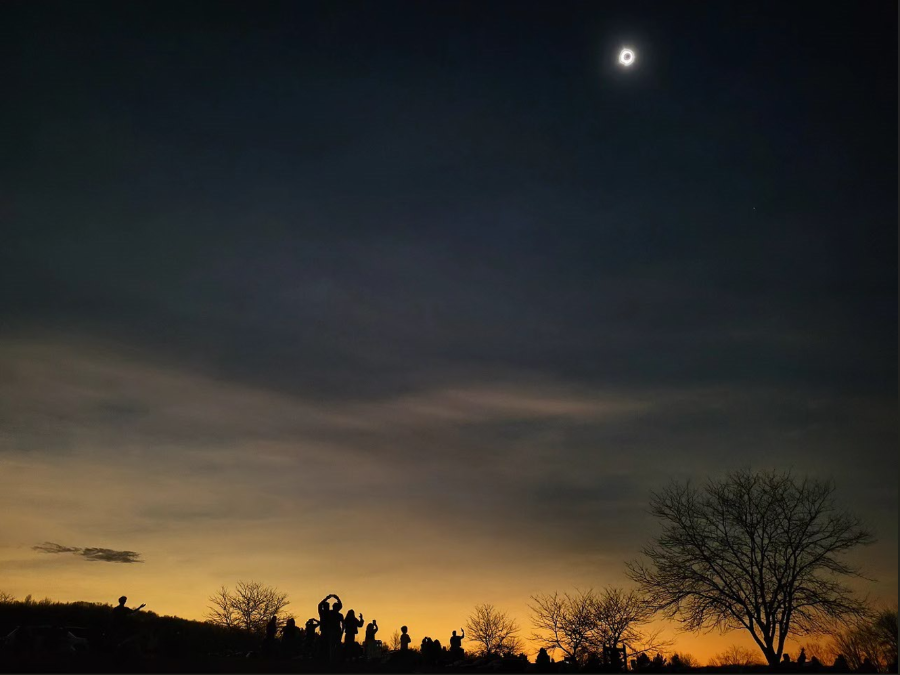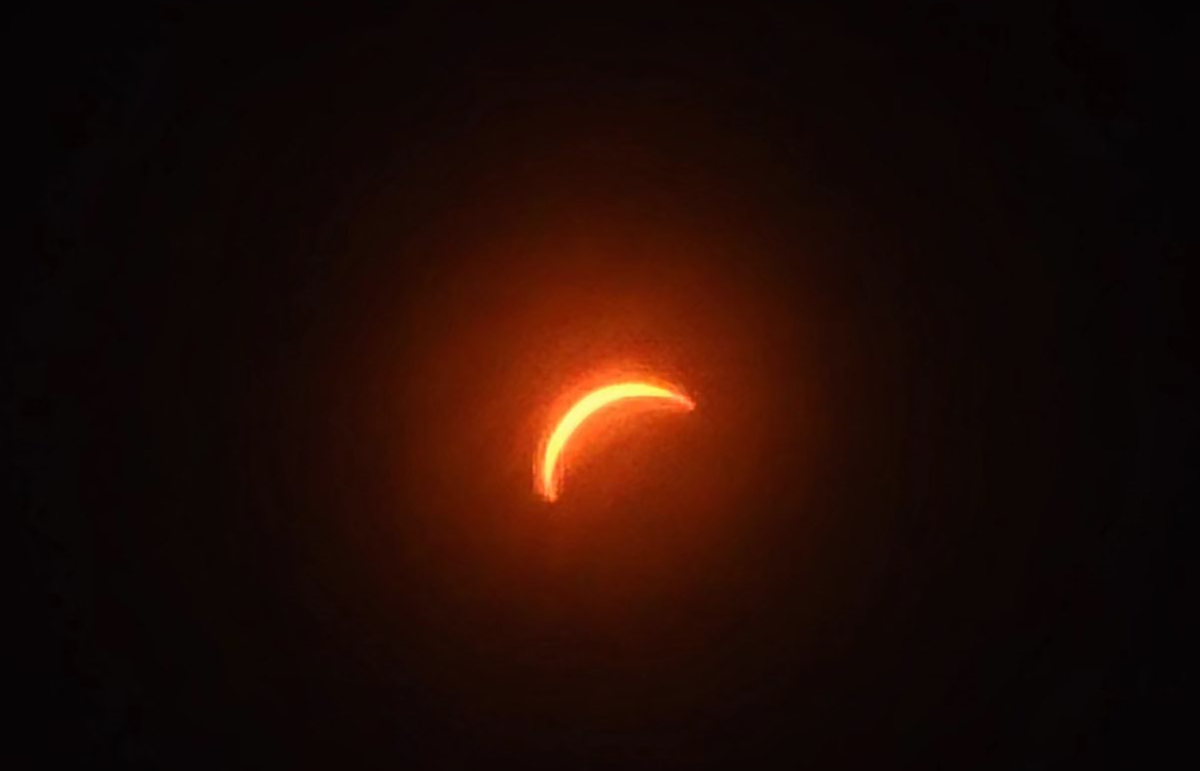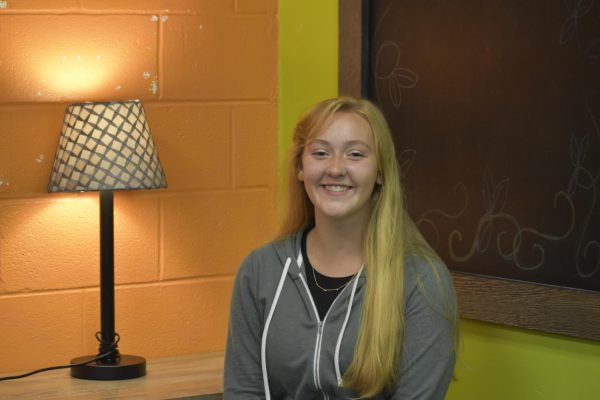On April 8, 2024, North America experienced the natural phenomenon of a total solar eclipse. During totality, the moon completely blocked the face of the sun and darkened the sky in locations within the shadow’s path.
Three of B-A’s teachers in the science department, Mr. Noah Carr, Mr. John Goodman, and Mrs. Alice Flarend each took a journey to find the perfect spot to watch the eclipse.
Mr. Carr ventured off to West Branch State Park in Ohio, Mr. Goodman traveled to a hillside farm near Stewartstown, New Hampshire, and Mrs. Flarend ended up on the shore of Lake Erie.
Before reaching their final destinations, the eclipse-chasers were watching weather apps to make sure they chose the right location. For Mr. Carr, his last-minute decision happened at 7am on the day of the eclipse.
“I saw a final update saying that the closer you were to the Pennsylvania-Ohio state line, the more chance of cloud cover you would get. This actually influenced me to go a little more west than I was originally planning,” Mr. Carr quoted.
The teachers had lengthy drives to arrive at their target locations, with most of the driving taking place through the morning and into the afternoon. Mr. Carr and Mrs. Flarend left their hometowns between 8 and 9:30am, while Mr. Goodman left the day before, and was on the roads of New Hampshire as early as 3:30am on the 8th.
People across the globe witnessed a solar eclipse in August of 2017. However, this eclipse had a much wider, more populated path of totality, and had a longer period of totality as well, which is why all three teachers agreed that this year’s was a better experience overall. Even though they expected to see the full eclipse, and they did, this phenomenon exceeded their forecast.
“We all thought it was better than the 2017 total solar eclipse because the totality lasted longer, it was darker, and being up on a hillside, the scenery was beautiful,” said Mr. Goodman.
Mrs. Flarend concurs and thought the event was “awe-inspiring.”
Being able to witness this cosmic occurrence with a clear sky had Mr. Carr “physically shaking from how exciting and beautiful it was,” and gave him an adrenaline rush like no other.
I knew I was going to have to bend time and space to see totality,” he said. “It was the most gorgeous, natural thing I have ever seen in my life.
— Mr. Carr
“I knew I was going to have to bend time and space to see totality,” he said. “It was the most gorgeous, natural thing I have ever seen in my life.”
Residents of the United States will be waiting nearly a decade until the next total solar eclipse. However, Mr. Goodman and Mrs. Flarend are willing to travel abroad to watch others that take place sooner.
“This is my second [eclipse] and I would definitely do a third,” Mrs. Flarend commented, as she considers making the trip to Southern Spain in two years.
Mr. Goodman is on the same page and weighs Australia in 2028 as a possibility.





